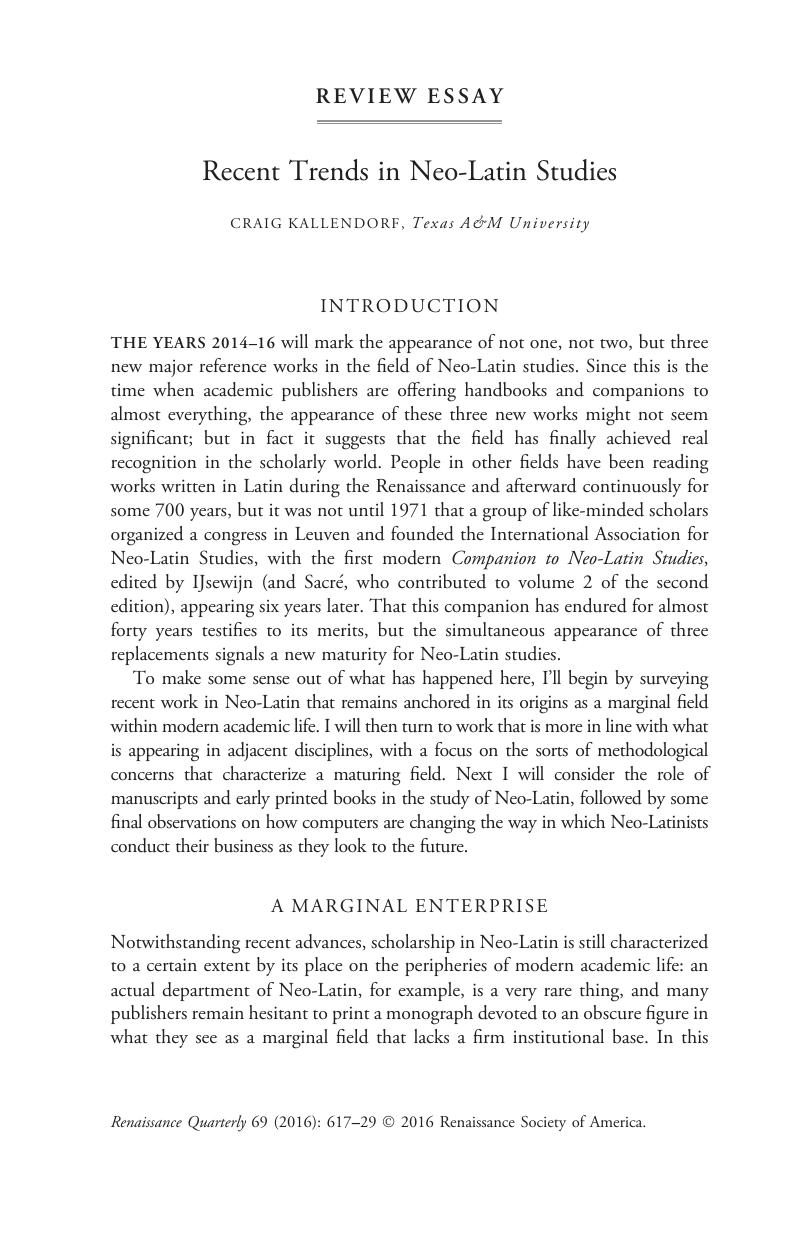Crossref Citations
This article has been cited by the following publications. This list is generated based on data provided by Crossref.
Jovanović, Neven
2018.
Neo-Latin contexts in Croatia and Tyrol: challenges, prospects, case studies.
p.
11.



